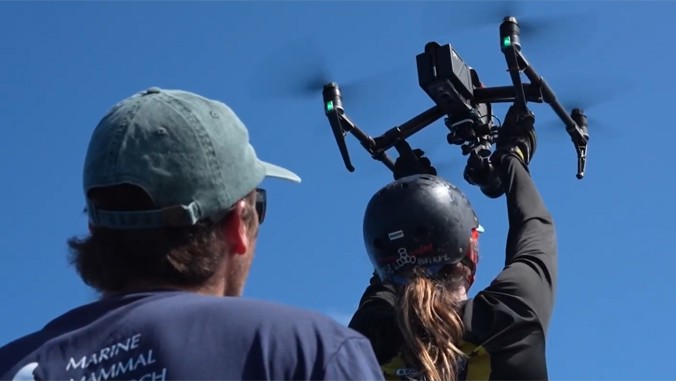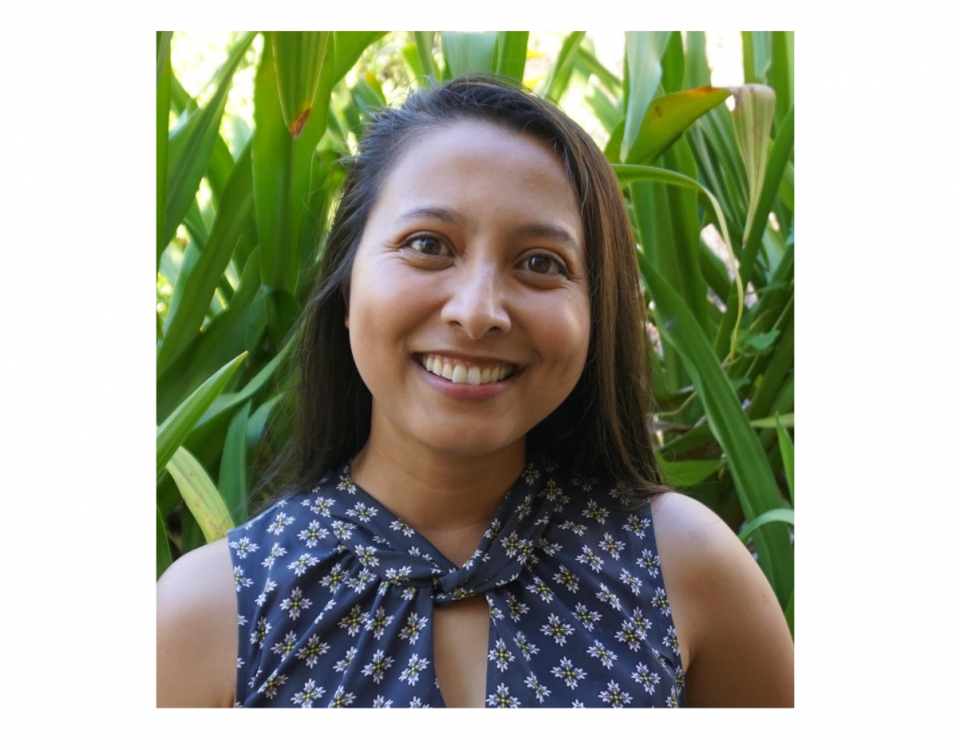Whitlow W. L. Au: July 31, 1940 – February 12, 2020

HIMB’s Judy Lemus Joins Team of UH Manoa Faculty to Win One of 16 UH Manoa Provost’s Strategic Investment Competition Awards
February 20, 2020Genetic Structure is Stronger Across Human-Impacted Habitats than Among Islands in the Coral Porites lobata
April 8, 2020We are deeply saddened to lose our dear colleague Whit Au. Please visit the HIMB obituary to learn more about Whit’s contributions.
February 26 – Wake and Celebration of Life: Closed Casket
5:30 pm Nuuanu Mortuary. Visitation, Christian Music, Honorings, and
reception
February 27 – Funeral Mass at St. John Vianney church in Kailua:
9:30 am Public Visitation
10:30 am Eulogy
11:00 am Funeral Mass Refreshments
2:00 pm Burial at Veterans Cemetery Kaneohe
If you would like to make a contribution in Whit’s honor, please consider these two options:
Acoustical Society Foundation’s Campaign for Early Career Leadership
Whit was committed to making the ASA welcoming to all, particularly students and early career
members, and placed a high value on exceptional mentoring which aligns with the goals of the campaign. When making a donation, there is a notes field after logging into PayPal that can be used to note that the gift is in memory of Whitlow Au. All donations to this 501(c)3 organization are tax deductible. https://acousticalsociety.org/campaign-for-asa-early-career-leadership/
Praise Academy at Lakeside
Whit was very committed and active in his Christian congregation. In particular, he was a longtime supporter of Praise Academy at Lakeside. His family is welcoming contributions to Praise Academy: https://www.praiselakeside.org/giving
Dr. Whitlow W.L. Au, a pioneer of understanding the echolocation of dolphins and whales, passed away Feb 12th, after two months of troubles with his heart. Whit was born and raised in Honolulu, graduated from St. Louis High School, and received a B.S. in Electrical Engineering from the University of Hawaii in 1962. He received his M.S. in Electrical Engineering in 1964 from Washington State University and spent four years as a U.S. Air Force scientist in New Mexico studying the propagation of radar signals through the plasma sheath of reentry vehicles. He returned to Washington State University to complete his Ph.D. in Electrical Science in 1970. He then joined the U.S. Navy’s Naval Undersea Center, first in San Diego and then close-to-home in Kaneohe, switching to understanding the biosonar of dolphins. He advanced quickly to head their Biosonar Branch.
Following his seminal paper in 1974 on the echolocation signals of Atlantic bottlenose dolphins, he went on to methodically quantify the performance and signal characteristics of dolphins and other small whales that echolocate under water. His foundational book, “The Sonar of Dolphins” published in 1993, remains the primary source describing dolphin echolocation. He published another masterpiece, with Mardi Hastings, “Principles of Marine Bioacoustics” in 2008.
When congress closed the Hawaii Laboratory in 1993, Whit was offered the opportunity to move back to San Diego but was invited and chose to jointly start the new Marine Mammal Research Program at SOEST’s Hawaii Institute of Marine Biology on Coconut Island at the University of Hawaii at Manoa. Being hired as a University Researcher/Professor allowed Whit’s academic career to blossom. He loved and respected his graduate students and they, in turn, returned his affection and his propensity for hard work and success – one, for example, continuing on to become a Macarthur Fellow.
His recent passing has caused many to mourn. His success will not be forgotten. He wrote three books, edited three others, and published ~230 papers in the open peer-reviewed literature. He was a Fellow of the Acoustical Society of America and a former President of that Society, was chosen for both Silver and Gold Medal awards by the ASA, was a long-term Associate Editor of their Journal, and served on the Ocean Studies Board of the National Research Council of the National Academies. He is survived by his wife Dorothy, his four children and his many grandchildren.





